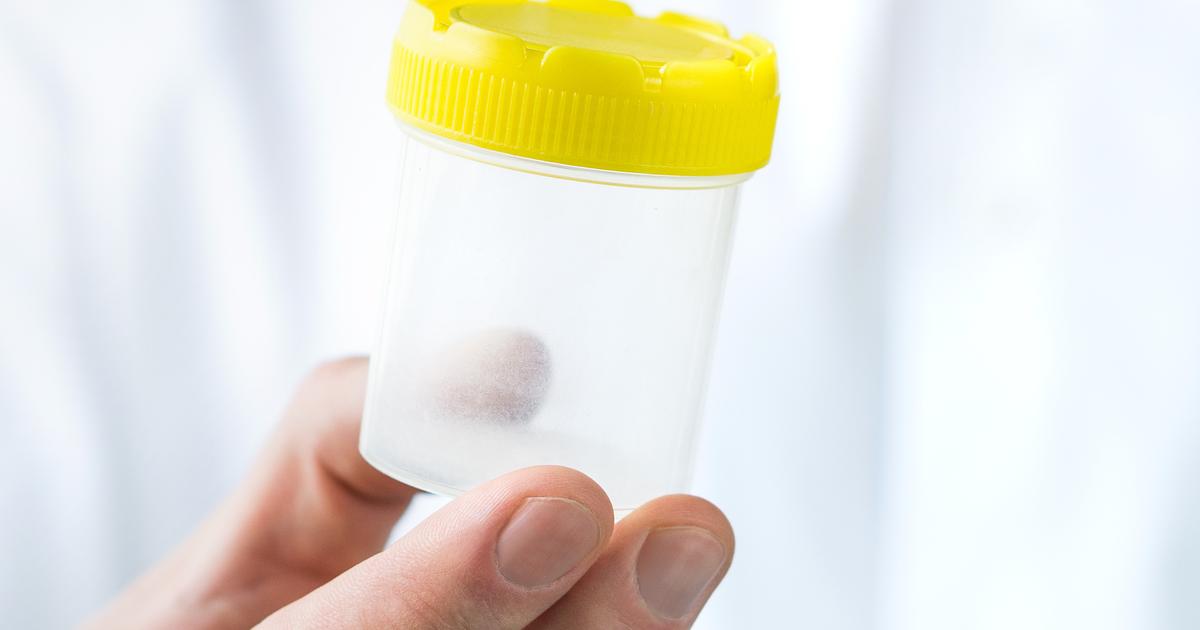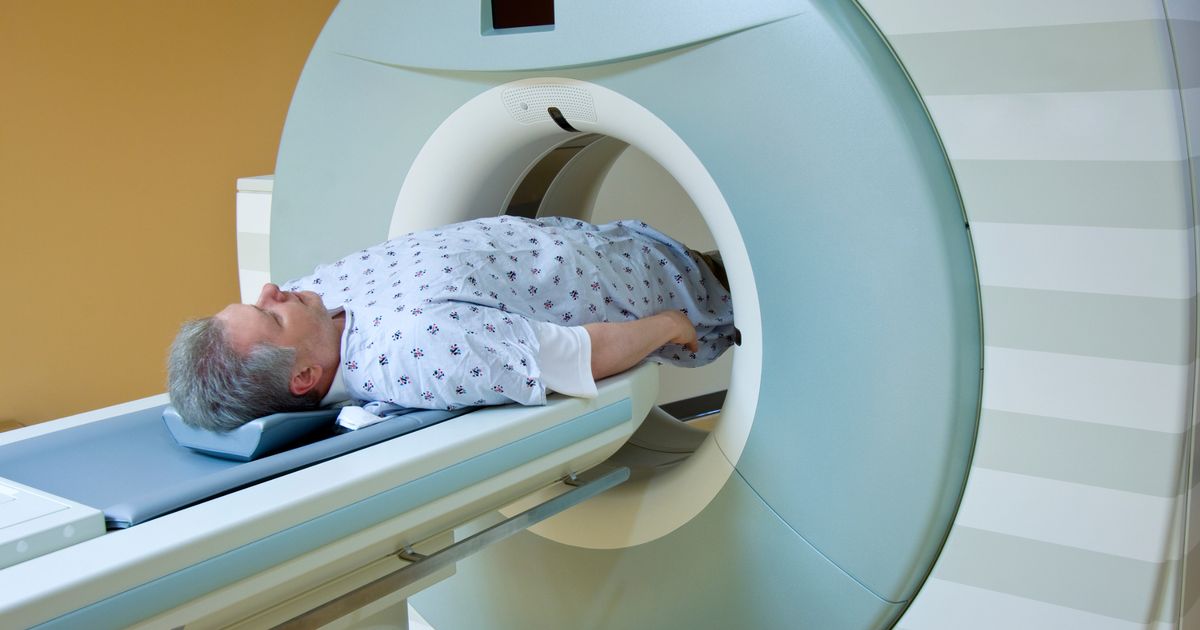How To Effectively Diagnose And Treat Leukodystrophy
Leukodystrophy is an encompassing term used to describe a group of diseases that produce adverse effects on the brain and spinal cord or central nervous system. Currently, there are fifty-two known types of leukodystrophy, with most of them being caused by genetic factors. Leukodystrophy is a progressive disease, which means it worsens over time. An affected individual will experience cumulative damage to the myelin protective sheath around the nerves in their brain and spinal cord. Some other common symptoms include mobility difficulties, balance problems, bladder issues, developmental delays, muscle control disorders, behavioral problems, learning disabilities, breathing difficulties, vision problems, speech issues, problems with hearing, and seizures. Some symptoms will show up shortly following an individual's birth, while others may not manifest until they reach their adulthood years.
Numerous tools can be used to diagnose leukodystrophy, and several methods are available to treat it. Get familiar with them now.
Urine And Blood Tests

Urine and blood tests can be used to assist a physician in the diagnosis of leukodystrophy. Endocrine and hormone disturbances can be effectively detected by blood testing. Adrenal insufficiency is a common characteristic seen in adrenomyeloneuropathy and X-liked adrenoleukodystrophy. Serologic findings in adrenal insufficiency include hyponatremia and hypoglycemia. Hypothyroidism and growth factor deficiency can be detected by blood testing, which can help in the diagnosis of 4H leukodystrophy and Aicardi Goutières syndrome. Mitochondrial disorders are a significant diagnostic finding in leukodystrophy patients, and blood testing can reveal abnormalities in blood lactate, amino-acids, and pyruvate. Checking urine for sulfatides and organic acids can reveal multiple sulfatase deficiency and mitochondrial disorders that are helpful in the diagnosis of leukodystrophy. Biochemical and genetic testing on a patient's urine and blood can help with the diagnosis of numerous types of leukodystrophy because it reveals evidence of genetic abnormalities known to result in one or more of these types of diseases. Common gene tests used in the diagnosis of leukodystrophy include broad-spectrum next-generation sequencing, whole-exome sequencing, and whole-genome sequencing.
Read more about diagnosing leukodystrophy now.
MRI And CT Scans

A physician usually uses MRI and CT scans to assist them in making a diagnosis of leukodystrophy. The most characteristic finding on the MRI and CT scans of leukodystrophy patients is symmetrical white matter involvement. The presence of symmetric white matter involvement on an MRI scan indicates a strong possibility the patient has inherited leukodystrophies. Once white matter involvement has been detected on diagnostic imaging scans, the pattern of white matter involvement needs to be identified. There are six different types of white matter patterns on imaging scans, including parieto-occipital, frontal, periventricular pattern, subcortical, brainstem involvement, and cerebellar involvement. Each pattern yields a different leukodystrophy diagnosis. Parieto-occipital patterns are commonly associated with globoid cell leukodystrophy, while frontal patterns are associated with X-ALD and metachromatic leukodystrophy. Periventricular patterns on an MRI are consistent with the presence of metachromatic leukodystrophy, Krabbe disease, leukoencephalopathy with brainstem and spinal cord involvement, and Sjogren-Larsson syndrome. Subcortical patterns indicate L-2-hydroxyglutaric aciduria, and brainstem involvement pattern indicates Alexander's disease.
Get more information on diagnosing leukodystrophy now.
Cognitive Tests

Cognitive tests and neuropsychological testing may be utilized on a patient suspected of having leukodystrophy to help their physician make an accurate diagnosis. Cognitive testing involves the evaluation of an individual's ability to concentrate and their attention span. These tests also evaluate the patient's ability to understand, remember, learn, and think. Testing an individual's memory and components of motor function like walking and coordination may be part of the neuropsychological testing. Cognitive tests help determine a patient's perception and how well they absorb what they read or see. These tests include components that show a physician how well the patient can problem solve and make decisions. Verbal and speech comprehension abilities may also be tested during this type of evaluation. This process of testing can be done verbally and on paper, or it may be done through an electronic method, like on a computer. Because leukodystrophies are diseases characterized by nerve damage, cognitive tests can reveal information about how the nerve damage is affecting the patient's ability to concentrate, remember, reason, and solve problems.
Discover how leukodystrophy is treated next.
Medications

Although there is no cure for any type of leukodystrophy, there are certain medications that may help improve a patient's quality of life and stop the progression of their disease. Many types of leukodystrophy include a component of metabolic storage malfunction, which can be mediated with medications to replace the missing enzyme in patients directly. However, this form of medication may not be available at this time in all regions. Certain symptoms that affect a patient's daily function and activity may be able to be managed with the use of certain medications. Baclofen is a medication used in leukodystrophy to help decrease the frequency of spasticity and seizure activity. Other medications may be used to treat common complications, such as medications that help an individual sleep, medication to soothe digestive symptoms such as heartburn and nausea, and medications to help mediate breathing difficulties.
Uncover more information on treating leukodystrophy now.
Physical And Occupational Therapy

Leukodystrophy patients may need to undergo treatment techniques such as physical and occupational therapy. Physical therapy may be beneficial in patients affected by a childhood form of leukodystrophy because it can help them avoid developmental regression, develop proper motor skills, develop and maintain normal muscle and body tone, and improve their ability to walk properly. Physical therapy can help train the patient's nerves to avoid producing abnormal body movements, which are common in many types of leukodystrophy. Occupational therapy is helpful in circumstances where a leukodystrophy patient has trouble with their speech skills, speech comprehension, a decline in visual function, and decreased ability to hear. Occupational therapy helps individuals who have difficulty with eating learn techniques to improve their swallowing abilities. Occupational therapy can teach a patient how they can adapt to and successfully maintain their independence despite the physical difficulties they face with leukodystrophy.
